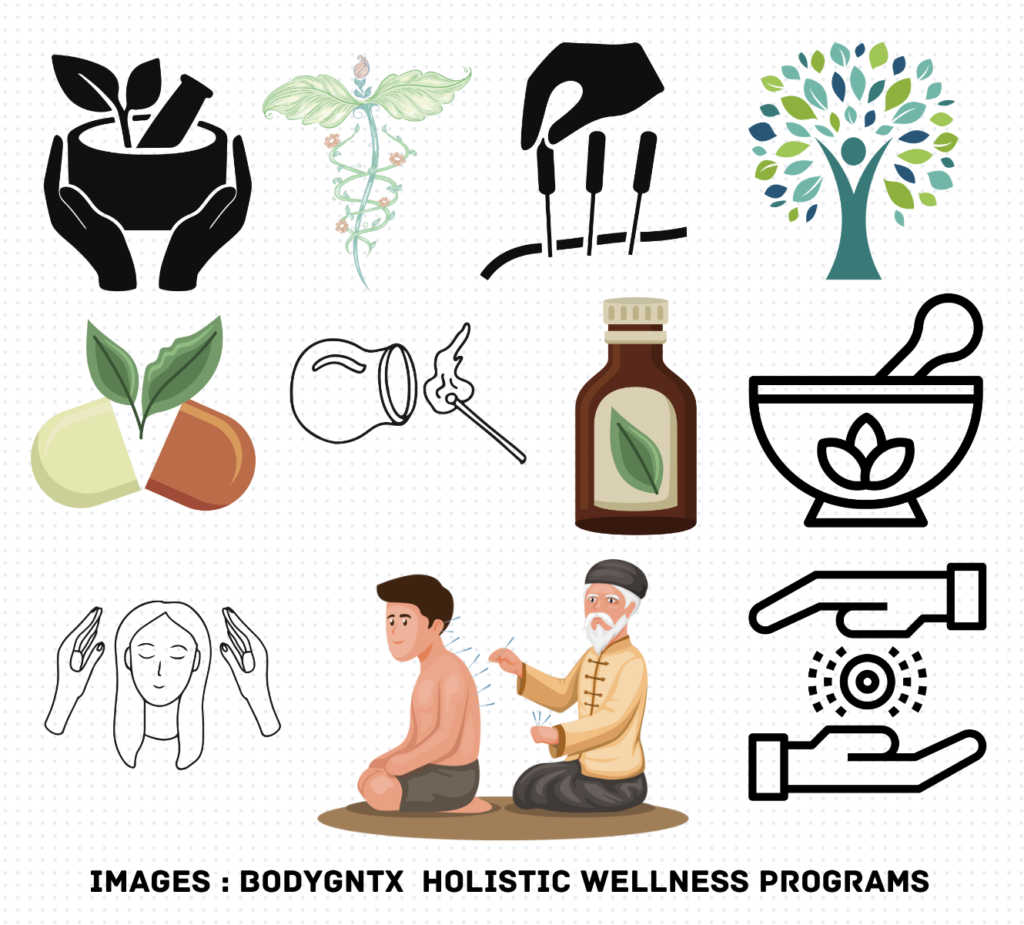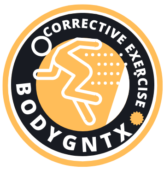Alternative medicine is employed as a substitute for conventional medical therapy. An instance involves employing a specialised dietary regimen as an alternative to oncologist-prescribed cancer medications. Insufficient study has been conducted for the majority of alternative medicine modalities.
Categories of Complementary and Alternative Medicine
Scientists continually acquire knowledge on CAM therapies, although there remains a need for further understanding. This list serves as an introductory overview of the various types of CAM that are commonly employed, without implying any form of support. Further research is required to establish the efficacy of several medicines mentioned below. Prior to utilising the therapies mentioned here, it is advisable to engage in a discussion with your healthcare practitioner regarding your inclination towards adopting complementary and alternative medicine (CAM) in the context of your cancer diagnosis.
CAM, or complementary and alternative medicine, is often referred to using terms such as “natural,” “holistic,” “home remedy,” or “Eastern Medicine.” Nevertheless, professionals frequently employ five categories to delineate it. The following items are provided with corresponding examples.

Mind-body therapies
These practices integrate cognitive concentration, controlled respiration, and physical gestures to facilitate the relaxation of both the body and mind. Here are a few examples:
Meditation is the practice of using focused breathing or repeating words or phrases to calm the mind and reduce unpleasant thoughts and emotions.
Biofeedback is a technique that involves the use of specialised devices to help patients gain control over bodily functions that are typically unconscious, such as heart rate and blood pressure.
Hypnosis is a state of altered consciousness in which an individual becomes highly attuned and concentrated on specific emotions, thoughts, visions, sensations, or actions. An individual may experience heightened tranquilly and receptiveness to guidance, which can facilitate the process of recuperation.
Yoga is an ancient system of practices that aims to achieve mental and physical equilibrium via stretching and posing exercises, meditation, and regulated breathing.
Tai Chi is a practice that combines gentle physical exercise and meditation. It involves doing slow and deliberate body movements while focusing on controlled breathing. Engaging in cognitive imagery by visualising good mental images, such as envisioning certain scenarios, visuals, or past events, can aid in the process of physical recovery. Additionally, pursuing creative activities such as painting, music, or dance can serve as effective avenues for self-expression.
Practices that are rooted in biology
This particular form of computer-aided manufacturing utilises natural elements and resources. Here are a few examples:
Vitamins are essential nutrients that the body requires in little quantities to maintain proper functioning and overall health.
Dietary supplements refer to goods that are included into one’s diet and may consist of various components such as vitamins, minerals, and herbs, among others. Botanicals specifically pertain to plant-based substances. Vegetation or botanical components. An example of one category is cannabis.
Herbs and spices, such as turmeric or cinnamon, can be found under the “Herbs at a Glance” section.
Specialised cuisine or dietary regimens
Therapeutic techniques that include manipulating the body
These are derived from the experience of working with one or more anatomical components. Here are a few examples:
Massage therapy is a therapeutic practice that involves manipulating the soft tissues of the body using techniques such as kneading, rubbing, tapping, and stroking.
Chiropractic therapy: Spinal manipulation is a form of manipulation that targets the spine, joints, and skeletal system.
Reflexology is a massage technique that involves applying pressure to specific spots on the feet or hands, which are said to correspond to specific regions of the body.
Energy healing refers to the practice of using various techniques to manipulate and balance the energy within a person’s body in order to promote physical, mental, and emotional well-being.
Energy healing is founded on the premise that the human body is permeated with a life force that circulates within. The objective is to achieve equilibrium in the patient’s energy circulation. The current evidence is insufficient to substantiate the presence of energy fields. Nevertheless, there are no adverse consequences associated with employing these methods. Here are a few examples:
Reiki is the gentle placement of hands either directly on or slightly above a person, with the intention of directing energy to facilitate the individual’s own healing process.
Therapeutic touch is the manipulation of energy fields surrounding the body by the movement of hands or gentle physical contact with the person’s body.
Integrative medical systems
Experimental examinations Acupuncture as a Treatment for Pain in Individuals Who Have Survived Cancer
There were slight improvements in pain, but it cannot be ruled out that these benefits were due to a placebo effect.
These are therapeutic systems and ideologies that have developed gradually in various cultures and regions across the globe. Here are a few illustrations:
Ayurvedic medicine is an Indian approach that aims to purify the body and achieve equilibrium in the body, mind, and spirit. The approach incorporates dietary modifications, herbal remedies, physical activity, meditation, controlled breathing, physical treatment, and various other techniques.
Traditional Chinese medicine is founded on the principle that the body’s essential energy, known as qi, circulates along specific channels called meridians. This energy is responsible for maintaining a person’s whole well-being, encompassing their spiritual, emotional, mental, and physical health, by ensuring a state of balance. Its objective is to reinstate the equilibrium of the body by harmonising the opposing forces known as yin and yang.
Acupuncture is a prevalent technique in Chinese medicine that entails the stimulation of certain spots on the body to enhance well-being or alleviate symptoms of disease and treatment side effects.
Naturopathic medicine is a healthcare approach that refrains from using pharmaceutical medications and surgical interventions. The practice relies on the utilisation of natural elements such as air, water, light, heat, and massage to facilitate the body’s self-healing process. In addition, it may employ herbal remedies, dietary interventions, acupuncture, and aromatherapy.
Useful External Links for “Types of Complementary and Alternative Medicine”:
General Resources:
- National Center for Complementary and Integrative Health (NCCIH):https://www.nccih.nih.gov/
- Comprehensive overview of CAM practices, research, and resources.
- Provides information on popular CAM types, their uses, and safety considerations.
- World Health Organization (WHO):https://www.who.int/teams/integrated-health-services/traditional-complementary-and-integrative-medicine
- Global perspective on traditional, complementary, and integrative medicine.
- Offers resources on specific CAM approaches and their integration with conventional medicine.
- Mayo Clinic:https://www.mayoclinic.org/tests-procedures/complementary-alternative-medicine/care-at-mayo-clinic/pcc-20393587
- Trustworthy information on common CAM therapies, their pros and cons, and interactions with conventional medicine.
- Integrative Medicine Consortium:https://integrativemedicineconsortium.org/
- Promotes evidence-based integration of CAM with conventional medicine.
- Provides resources for health professionals and patients.
Specific Types of CAM:
- Acupuncture:
- American Academy of Medical Acupuncture: https://medicalacupuncture.org/
- National Center for Complementary and Integrative Health: https://www.nccih.nih.gov/
- Ayurveda:
- Ayurveda World:** http://www.ayurworld.com/
- Maharishi Ayurveda Foundation:** https://www.imavf.org/
- Chiropractic:
- American Chiropractic Association:** https://www.acatoday.org/
- World Federation of Chiropractic:** https://www.wfc.org/
- Homeopathy:
- National Center for Complementary and Integrative Health: https://lib.siena.edu/homeopathy
- American Institute of Homeopathy:** https://aihm.org/
- Naturopathy:
- American Association of Naturopathic Physicians:** https://www.aanp.org/
- Canadian Association of Naturopathic Doctors:** https://www.cand.ca/
- Yoga:
- Yoga Journal:** https://www.yogajournal.com/
- Yoga Alliance:** https://www.yogaalliance.org/
